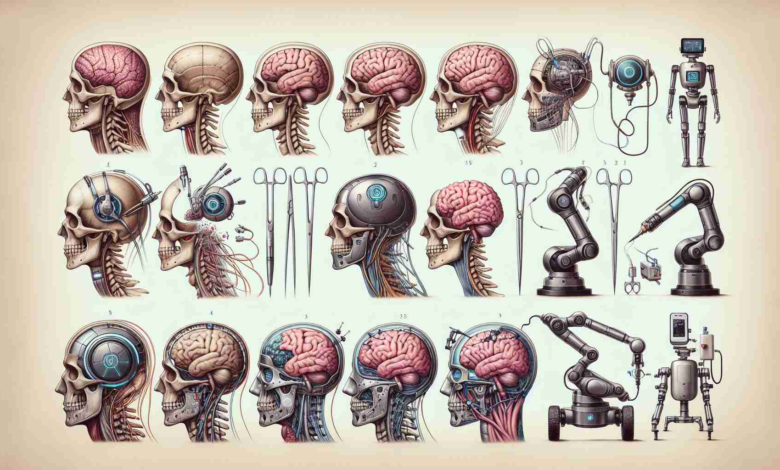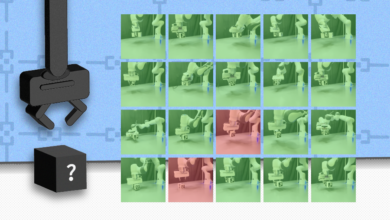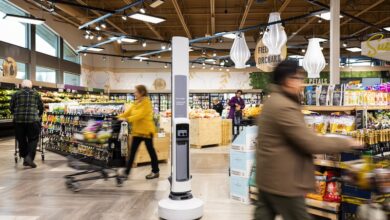AI, Robotics, and Exoskeletons at the Forefront

The field of neurosurgery is witnessing a significant transformation due to advancements in technology such as artificial intelligence (AI), robotics, and exoskeletons. These developments are poised to enhance the precision of complex procedures within the intricate realm of brain surgery.
At the University of Göttingen Medical Center (UMG), the head of the Neurosurgery Clinic, Professor Veit Rohde, has become a leading champion for incorporating these high-tech methods. The 75th Annual Meeting of the German Society of Neurosurgery (DGNC), held at the Göttingen Lokhalle, will showcase these innovations from June 9 to 12, with Professor Rohde presiding over the event.
Artificial intelligence is at the cusp of revolutionizing neurosurgery, as stated by experts in the field. AI can identify the molecular characteristics of brain tumors and metastases, which facilitates the early planning of treatments. This has the potential to improve patient outcomes by enabling personalized and precise therapeutic strategies.
The usage of exoskeletons during lengthy surgeries has been pioneered by the University of Göttingen Medical Center, which aims to prevent work-related pain and discomfort among surgeons. These exoskeletons are designed to provide passive muscular support, allowing surgeons to maintain their precision over long periods—a testament to the ergonomic breakthroughs in surgical practices.
Not to be overshadowed, the innovation in brain-machine interfaces (BMIs) is also making notable strides. These interfaces could pave the way for future clinical applications, with the DGNC anticipating significant advancements in the area.
Throughout the conference, experts will present research encompassing various aspects of neurosurgery, emphasizing the important role technology will continue to play in this high-stakes medical specialty.
The article discusses the evolution of neurosurgery through the advent of AI, robotics, and exoskeletons, focusing on the initiatives of the University of Göttingen Medical Center (UMG) and the German Society of Neurosurgery (DGNC). However, there are additional facts and context that can augment our understanding of this topic:
Integration of AI in preoperative planning: AI is being used to enhance preoperative planning by processing and analyzing vast datasets to predict potential complications and optimal surgical pathways. This improves the surgeon’s ability to prepare for high-risk procedures.
Precision in robotics-assisted surgery: Robotics in neurosurgery allows for high precision in navigating the complex anatomy of the brain and spine, minimizing damage to healthy tissue. Tools such as the da Vinci Surgical System and the ROSA Robotic Surgery System are examples of how robotics are currently employed in various surgical fields.
Development of advanced BMIs: Research in brain-machine interfaces not only assists patients with disabilities to interact with their environment using thought but can also provide neurosurgeons with unprecedented control over surgical instrumentation during delicate procedures.
Regarding the key questions, some pertinent ones include:
1. How does AI contribute to improved diagnosis and treatment in neurosurgery?
AI algorithms can analyze medical imaging more rapidly and accurately than traditional methods, leading to better diagnosis, treatment planning, and patient monitoring.
2. What is the current state of robotics in neurosurgery?
Robotics has been integrated into select neurosurgical procedures, helping to improve accuracy and reduce surgeon fatigue, although widespread adoption varies depending on institutional resources and training.
3. Are exoskeletons becoming common in surgical practices, and what benefits do they offer?
While not yet widespread, exoskeletons can reduce surgeon fatigue and support ergonomic positions during long surgeries. Their adoption is expected to grow as evidence of their benefits accumulates.
Key challenges and controversies:
– Cost and access: The high costs of advanced technologies like AI and robotics can limit accessibility, potentially exacerbating healthcare disparities.
– Ethical considerations: AI and BMIs raise questions about patient consent and data privacy, as well as the potential for machine error.
– Technical challenges: The complexity and variability of human anatomy necessitate continual development and refinement of AI algorithms and robotics.
– Skills and training: Incorporating these technologies into neurosurgery requires specialized training, which can be time-consuming and resource-intensive.
Advantages and disadvantages:
Advantages:
– Enhanced precision and accuracy in surgical procedures.
– Improved outcomes and reduced complications.
– Personalized treatment planning.
– Reduced surgeon fatigue and physical strain.
Disadvantages:
– High cost and potential issues with healthcare equality.
– Technical complexities and need for continual updates.
– Risk of over-reliance on technology, with potential for system errors.
– Challenges in integrating AI and robotic systems into existing workflows.
For further information on the latest advances in medical technology and neurosurgical practices, you can visit authoritative websites such as American Association of Neurological Surgeons or Congress of Neurological Surgeons. These sites regularly provide updates and resources on the evolving field of neurosurgery.



